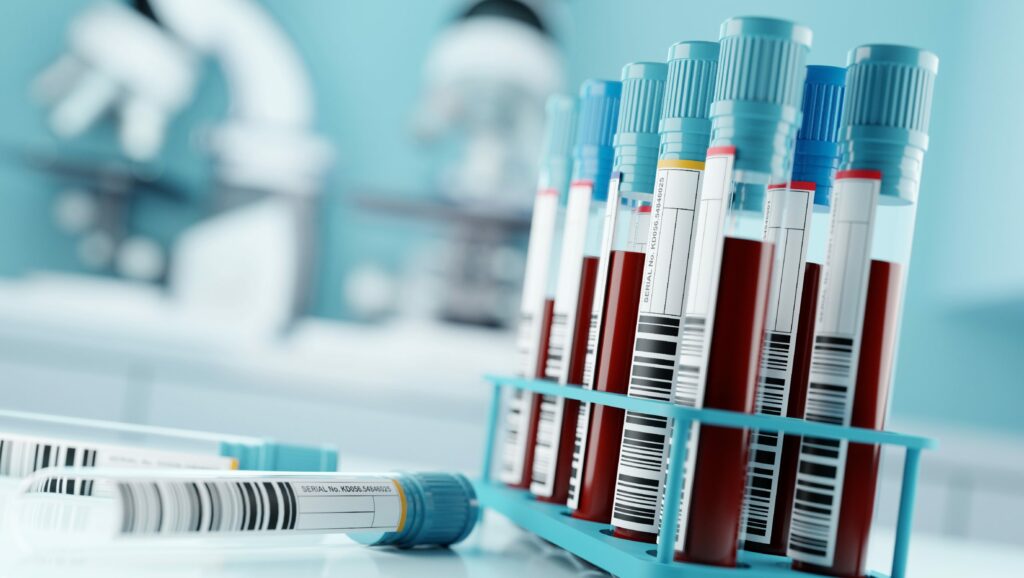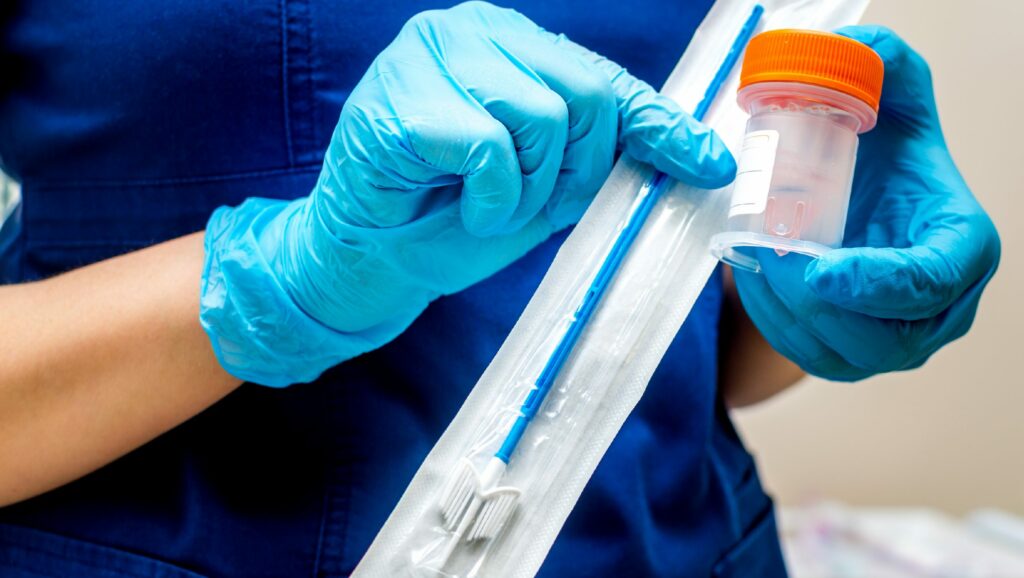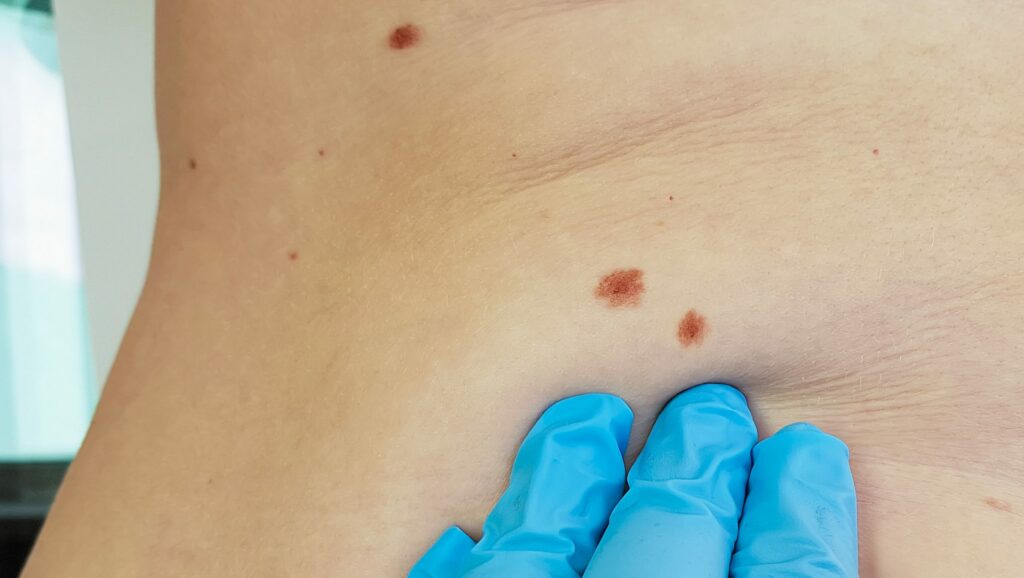Suspected cancer? Tips to detect cancer in transgender patients
In this article, we explore the incidence of cancer in transgender patients, common barriers, and tips for primary care clinicians to support.
Incidence
Transgender and gender diverse (TGD) individuals experience an incongruence between their sex registered at birth and gender identity (Brown et al, 2023). Data on cancer in this population is limited. Gender identity and trans status are currently not routinely collected well in medical data across the world, therefore due to this paucity of available data surrogate measures are used in incidence data. Transgender persons face barriers at both a provider and patient level which cause delays in diagnosis and treatment of cancer, resulting in advanced stage disease at diagnosis and decreased survival (Jackson et al, 2021).
Studies (Jackson et al, 2021; de Block et al, 2019; De Nie, 2020) report there are several reasons why the incidence of cancer in this population may be higher than in cisgender counterparts. This includes the risk of cancer in organs that are related to their sex assigned at birth as well as in newly formed organs; unknown risks of the long-term use of gender affirming treatment, which will differ depending on the individual treatment received; social stigma related to minority status which corresponds to elevated levels of smoking and excessive alcohol use; the prevalence of HIV, hepatitis and human papillomavirus; AIDS-related cancers; cancers of the liver and anus; HPV; missed screening; and other barriers (Jackson et al, 2021; De Nie, 2020; LoSchiavo et al, 2020; de Block et al, 2019). Therefore, transgender patients may be diagnosed at later cancer stages.
How can we help?
So, as primary care clinicians what can we do to support transgender people to overcome the obstacles to a cancer diagnosis? In our latest Cancer Conversation, we spoke to clinicians, patients with lived experience, and the charity OUTpatients, a charity dedicated supporting and advocating for Lesbian, Gay, Bisexual, Transgender, Intersex and Queer communities when they are affected by cancer.
Supportive conversations
In many cases patients may not wish to disclose their previous medical or surgical history and it may induce feelings of dysphoria (psychological discomfort associated with gender incongruence). However, the patient’s clinical history may not be available on the patient’s updated record, due to the method of re-registering a patient’s gender. Therefore, it is important to understand the patient’s full medical history. Remember patients may also avoid attending services due to a fear of inappropriate questions and treatment, and fear of being denied treatment or hormones.
It is important for clinicians to remember the below when talking a patient history:
- Build a rapport.
- Justify all the questions you ask so as not to appear inappropriately curious.
- Caveat all questions you ask.
- Reassure that decisions around hormones, treatment, and gender affirming care will be made in consultation with the patient and no snap decisions will be made.
- Ask for the patient’s history, including medications.
- Do not dig for unnecessary or unrelated information.
- Do not disclose patient information to colleagues without the patient’s consent.
General practice plays a vital role in ensuring these patients receive the care they need. GPs are expected to approach the holistic care of gender-questioning and transgender patients as they do with every patient. In other words: openly, respectfully, sensitively, and without bias (RCGP, 2019).
Ask about family history
Remember to check the family history of cancers. It is also important to check family history prior to a gender identity clinic referral, as this may affect how they are advised to proceed during their transition.
Safety netting
It is essential that there is a robust safety netting pathway for patients to return if their symptoms do not improve, and that safety netting advice is explicit. All health is complex, and the patient’s trans status should not be a barrier to diagnosis.
Find out more:
- Training and resources from OUTpatients: Resources for Professionals – OUTpatients
- Course: LGBT Health Hub (rcgp.org.uk)
- Attitudes of transgender men and non-binary people to cervical screening: a cross-sectional mixed-methods study in the UK | British Journal of General Practice (bjgp.org)
- Prevalence of cancer risk factors among transgender and gender diverse individuals: a cross-sectional analysis using UK primary care data | British Journal of General Practice (bjgp.org)
- Analysis of Mortality Among Transgender and Gender Diverse Adults in England – PubMed (nih.gov)
- Understanding the role of sex hormones in cancer for the transgender community: Trends in Cancer (cell.com)
- Cancer Stage, Treatment, and Survival Among Transgender Patients in the United States | JNCI: Journal of the National Cancer Institute | Oxford Academic (oup.com)
- Transgender care (rcgp.org.uk)
- Breast cancer risk in transgender people receiving hormone treatment: nationwide cohort study in the Netherlands | The BMJ
- Human Papillomavirus Prevalence, Genotype Diversity, and Risk Factors Among Transgender Women and Nonbinary Participants in the P18 Cohort Study – PMC (nih.gov)
- Cancer Risk in Transgender People – ScienceDirect





